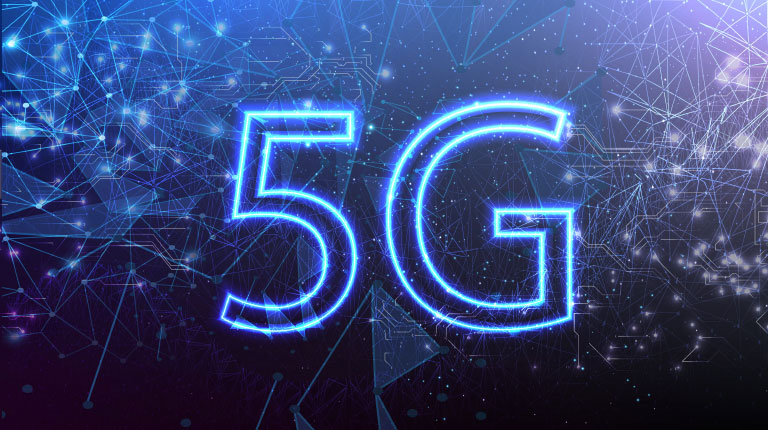As Communications Service Providers (CSPs) worldwide scale up the deployments of their 5G networks, they face strong pressure to optimize their Return on Investment (RoI), given the massive expenses they already incurred to acquire spectrum as well as the ongoing costs of infrastructure rollouts.

Time to stop speculating about “5G’s Uber”
During September, I’ve been very fortunate to attend two actual physical conferences focused on 5G. The first was in Denver Colorado, conveniently just across the Rocky Mountains from my current home in Grand Junction. The second was in London England, 200 miles or so south of my original home in Yorkshire (typically celebrated as the home of the most successful cricket team ever, though puddings also get a well-deserved mention).
After a number of conversations and sessions at these events, it seems that we can probably stop speculating about the killer app that’s going to drive 5G adoption in the way that Uber is often cited to have done for 4G.
In certain scenarios, consumers are undoubtedly seeing tangible benefits from 5G, though not necessarily from the higher bandwidth and lower latency that were originally touted as must-have characteristics. 5G Fixed Wireless Access, positioned by one 5G World speaker as “Fiber through the Air”, brings high-speed broadband to rural communities who it would never be cost-effective for telcos to serve with fiber through the ground. The reliability of 5G connections promises improved video quality not only for those dreaded WFH Zoom calls but also for remote learning. And some telcos are indeed seeing a business upside in the consumer space, with SKT claiming a 37% in ARPU thanks to applications such as cloud gaming and virtual reality.
Overall, though, 5G is an enterprise play and the big upside revenue opportunities for telcos are in the enterprise space. During this month’s events, it’s been fascinating to hear about a plethora of real use cases in smart ports, smart manufacturing, smart grids, automated mining, airports, smart stadia, healthcare, rail and construction. Many of these use cases leverage edge compute, often deployed with a hyperscale cloud provider, while most will take advantage of network slicing as standalone (SA) cores are introduced.
Rather than the 5G killer app that many folks were searching for when 5G was first launched, we should expect to see an ongoing rollout of enterprise-focused applications that deliver improved automation, increased safety, process optimization and operational cost reductions across an ever-expanding range of use cases. These represent opportunities for telcos to provide new kinds of customers with new kinds of services, raising the very real prospect of improving ARPU through delivering new high-value services, rather than focusing on cost-cutting. And judging from the vendor participation at these recent events, companies that have not traditionally been part of the telco ecosystem are stepping up to compete to participate in these new solutions.


